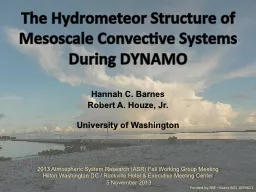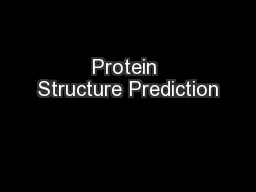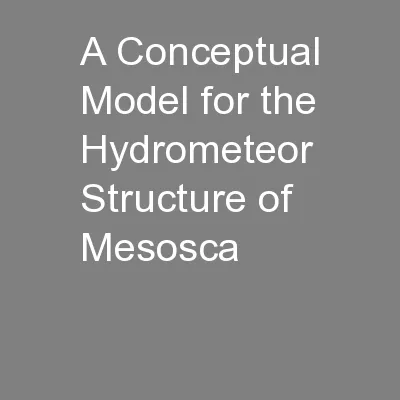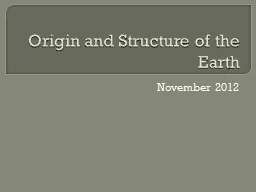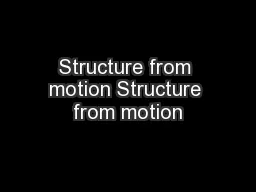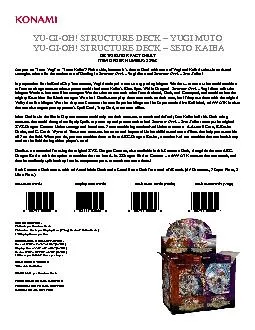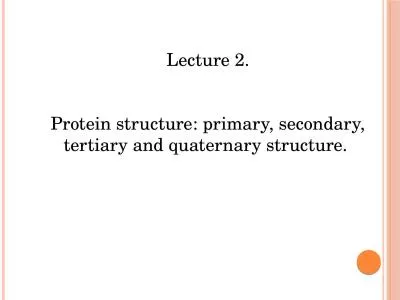PPT-The Hydrometeor Structure of
Author : giovanna-bartolotta | Published Date : 2016-06-30
Mesoscale Convective Systems During DYNAMO Hannah C Barnes Robert A Houze Jr University of Washington 2013 Atmospheric System Research ASR Fall Working Group Meeting
Presentation Embed Code
Download Presentation
Download Presentation The PPT/PDF document "The Hydrometeor Structure of" is the property of its rightful owner. Permission is granted to download and print the materials on this website for personal, non-commercial use only, and to display it on your personal computer provided you do not modify the materials and that you retain all copyright notices contained in the materials. By downloading content from our website, you accept the terms of this agreement.
The Hydrometeor Structure of: Transcript
Download Rules Of Document
"The Hydrometeor Structure of"The content belongs to its owner. You may download and print it for personal use, without modification, and keep all copyright notices. By downloading, you agree to these terms.
Related Documents

